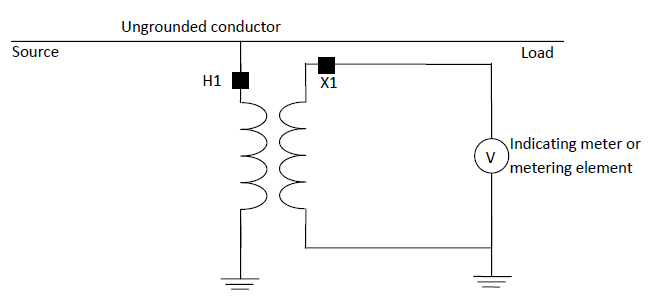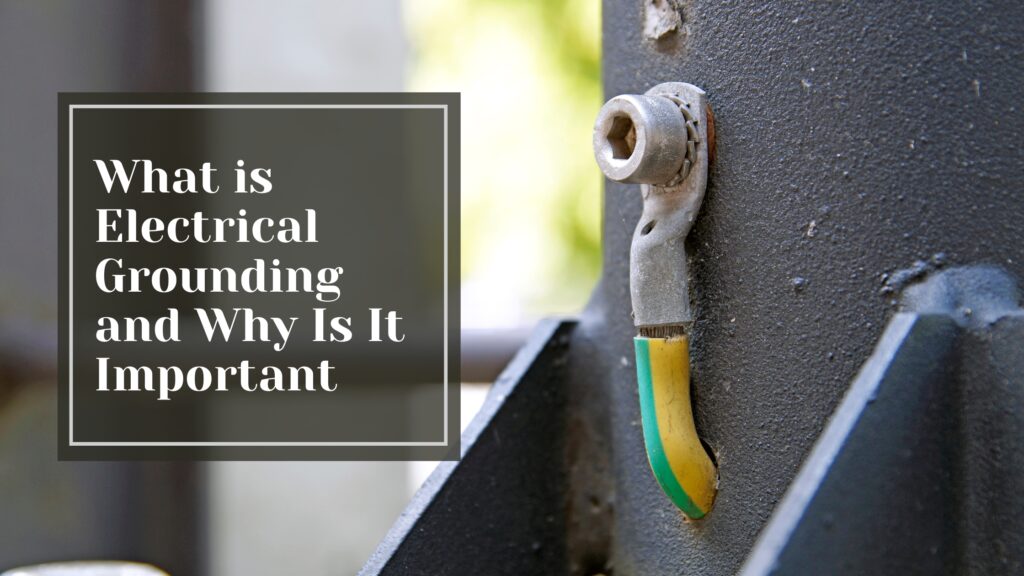Use of Grounding In Electrical System PAKTECHPOINT Circuit Diagram Types of Circuit Grounding There are several types of circuit grounding employed in electrical systems, each serving a specific purpose and offering distinct advantages. Some common types include: 1. Equipment Grounding: This involves connecting non-current-carrying metal parts of electrical equipment, such as enclosures and frames, to the Grounding allows the static build-up to discharge and prevents electricity damage and corrosion to equipment. Q.2: Why is Grounding Important in Electricity? Grounding helps protect us from electrical shocks, provides safety, protects our equipment from damage, and stabilizes voltage in electrical systems.

Circuit breakers prevent overloads and short circuits, while GFCIs monitor electrical imbalances and provide rapid shut-off in the event of ground faults. Ensure that your home is equipped with the appropriate safety devices in accordance with the electrical codes to enhance the safety of your electrical system. Grounding helps protect these devices by diverting excess electricity away from them. Noise Reduction: Grounding helps reduce electrical noise and interference in electronic circuits. This is particularly important in sensitive applications like audio and communication systems, where noise can degrade performance.

The Basics of Grounding Electrical Systems Circuit Diagram
Static grounding provides a low-resistance ground connection, mitigating the static electricity generation. This practice prevents sparking between the bodies. Hazardous locations are particularly important to grounding because they may have flammable or ignitable materials and sparks caused by static could ignite the atmosphere. This is typically done by connecting the electrical system to a grounding electrode, such as a metal rod or plate, that is buried in the ground. The grounding electrode allows any fault current to travel safely into the earth, preventing the risk of electrical shock or fire. The Importance of Grounding in Electrical Systems. 1. Safety:

All the ground wires from individual branch circuits reach the main circuit breaker panel and connect to the ground bus. The second part of the grounding system consists of a large copper wire (known as grounding electrode conductor) that is connected to a ground rod buried in earth. Importance of Grounding

What is the importance of circuit grounding? Circuit Diagram
Why Is Grounding Important? While lightning rods are vital, they are not put to use every moment of every day, like countless electrical circuits in homes, offices and manufacturing plants worldwide. In an electric circuit, a grounding wire creates an additional path for current in the event of a short or other malfunction. Instead of shocking
